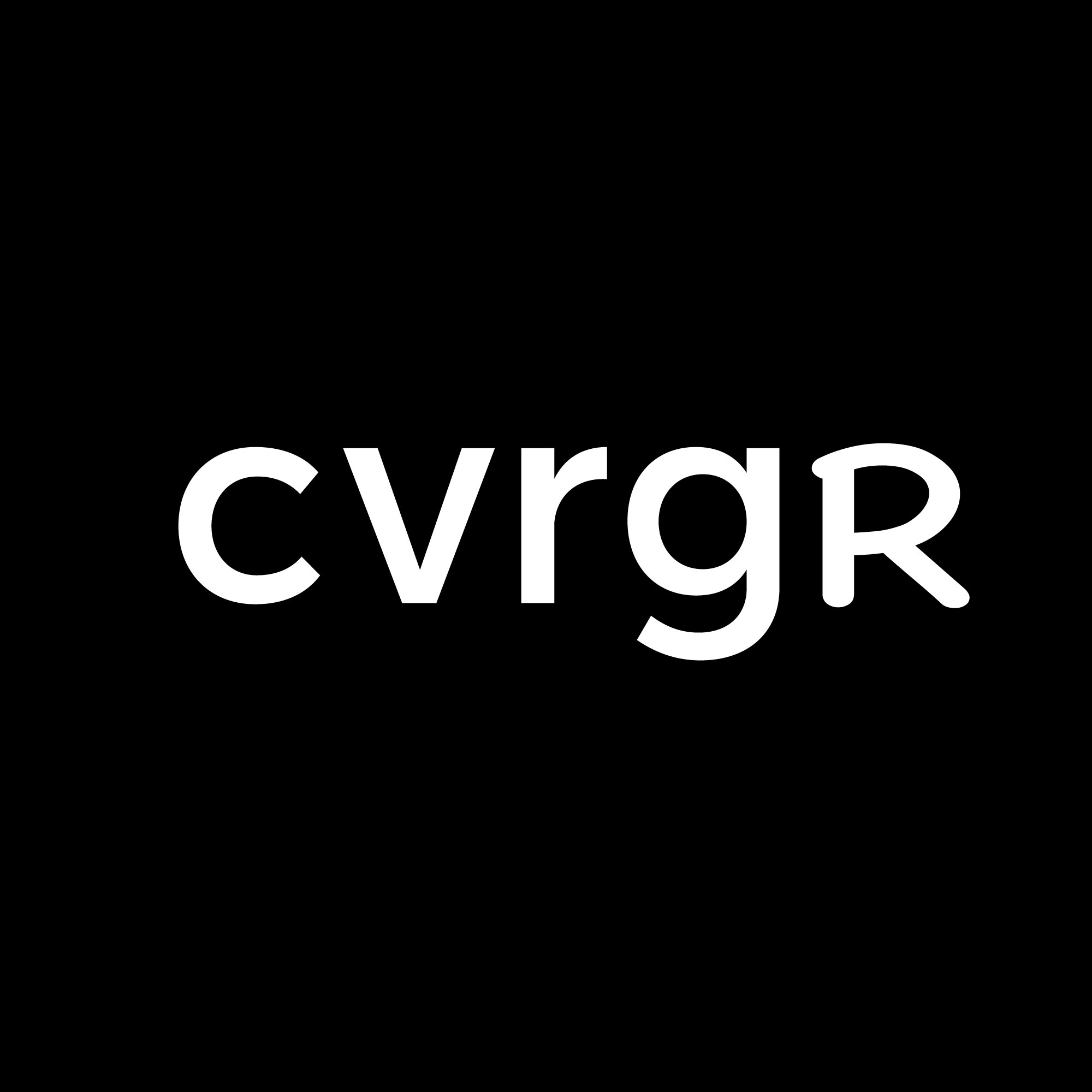Halsband’s Hybrid World

Metromile, a pay-per-mile carrier based in the U.S., never intended for its stock to trade at the same price as a McDonald’s vanilla cone, Ingenie, a telematics car insurance provider, never imagined a £5.5 million sale to A-Plan Group six years after being sold for £100 million to Watchstone Group, and Assurance IQ has underperformed Prudential’s financial expectations. Six years into the insurtech movement and some of us know better. On June 16th, Michael Halsband, Partner and Head of McDermott’s Insurance Transactions practice will lead an investors’ perspective panel focused on the insurtech investment trends, where he and his guests will address “What must insurtech startups pull off to gain the attention of an ever more discerning investor base?” In the meantime, I’ve captured some of Halsband’s perspectives on the state of insurtech.
* * *
In 2017, Michael Halsband had just signed up for the Coverager newsletter and fidget spinners became popular even though identical devices had been around since 1993. “It just took off,” says Richard Gottlieb, a consultant at Global Toy Experts in New York, on fidget spinners. “A lot of what you see now, may sometimes feel like it’s more of the same,” says Halsband on insurtechs. “When we first were involved in the insurtech space it was oftentimes literally about the user interface – you know, the gloss.” On-demand insurance, digital wallets, peer-to-peer insurance, voice skills, selfie quotes, and pure-play D2C tactics are all fads that have come and gone like the fidget spinners. Fads aside and the insurtech sector continues to beat, but who’s beating carriers?
According to Halsband, many new entrants often only compete on price and ease via a better user interface, which deters some of the true work needed to enhance the industry because, regardless of the technology and data used to build operations, everyone wins by the same old metrics. To Halsband everything old is new again. The world hasn’t advanced that far from the first fire policy written in the 1800s, he tells me. “Back in the day, I worked as a banker in insurance-linked securities. We used to try to think of everything else we could possibly insure, but no one was coming up with anything new. And the most novel aspect was that it always arose from risks that you don’t realize are there until they’re exposed to the light, and you realize it’s a risk, at which point someone has to say, “we’re not insuring it.”” COVID is a case in point as insurers never intended to cover or underwrite this exposure.
Nowadays, innovation is more about new sources of information than new insurance products, since someone somewhere is running an algorithm to find out what the consumer wants and what his risks are so that they can provide him with information to help lower his risk. “When I was at Alea Group, where we were supporting the underwriting of trucking program business 20 years ago, the guys who led in the space, truly knew what they were doing; they had the small notebooks, they knew what to insure, who to insure, and so on. Forward 20 years, somewhere short of driverless vehicles, and all of this embedded technology in the cab, the truck, and the tracking of what the driver can do can be evaluated and disaggregated to mitigate the risk and potentially better underwrite and insure it.”
All this data and technology being used to fight a battle on terms defined by the insurance industry’s Goliaths isn’t giving the Davids much cause to be optimistic. “The insurance industry is highly regulated. The barriers to entry are significant. Everything else that is insured is well within the bounds of accessible capital unless a black swan catastrophic event occurs. So, you’ve got all this fantastic technology, but what are your plans? Are you prepared to compete for better business? No, because someone else with the same or better access to all of that capital may simply undercut you on price and beat you on terms,” explains Halsband.
The problem is that everyone knows how David and Goliath’s narrative ends, and the Goliaths aren’t giving up. While startups are busy developing full-stack carriers to compete more efficiently, legacy carriers are reacting with their own new-age insurer or new-age risk transfer vehicle. Halsband separates the risk transfer market into three broad categories: startups, hybrids, and incumbents. “Three different realities exist. The legacy (incumbent) universe has its well-established own capital structure – but is challenged to innovate rapidly – think battleship speed. Then there’s the startup world, originators of risk where participants move swiftly and rely on their innovative and iterative underwriting tools to better quantify risk – but for their part, they do not yet command the extent of capital and structure that the incumbents do. And given the ramp-up required to establish a stand-alone carrier, these startups are often heavily reliant on both traditional and fronting carriers to offer capital, and sometimes products. Lastly, there are the middlemen, the MGAs, and wholesalers. With the strength of their capital and reinsurance relationships, they have access to some of the best risk financing sources and don’t have to deal with managing the regulatory framework that comes with operating an insurance company. What they may not have in the future though, is the same control over sourcing if the startup world succeeds at disintermediating their origination flows. Halsband is a fan of the hybrid model, stating that some convergence of these three distinct cohorts is where the next battle is at.
Of course, intersections will cross on occasion, and the terrain is particularly tricky, which is where the power of an attorney comes in. “I’d love for it to be visible to you when you see our event that we are subject matter experts, but we are also more than just attorneys,” says Halsband. “We try and be a real participant in the ecosystem. We are promoters of this space.”



